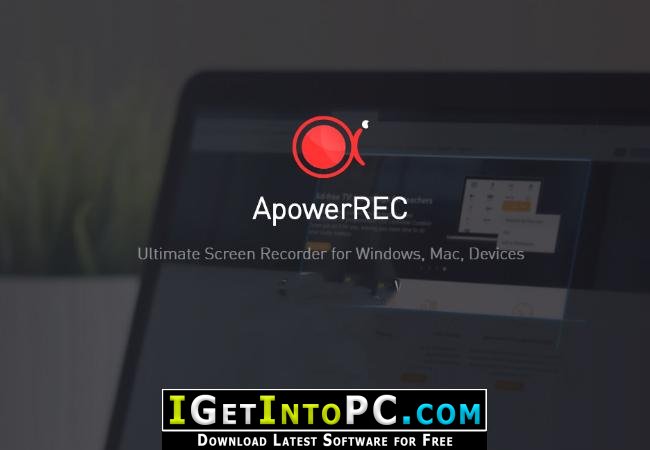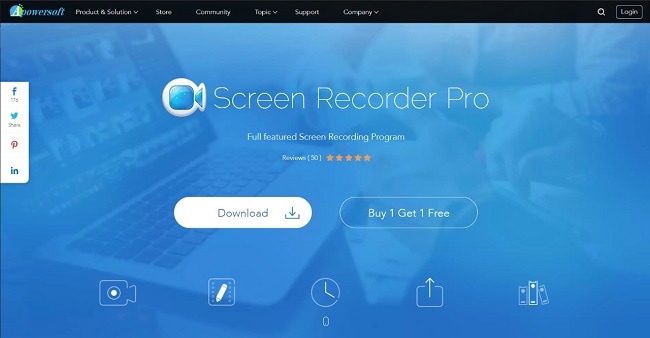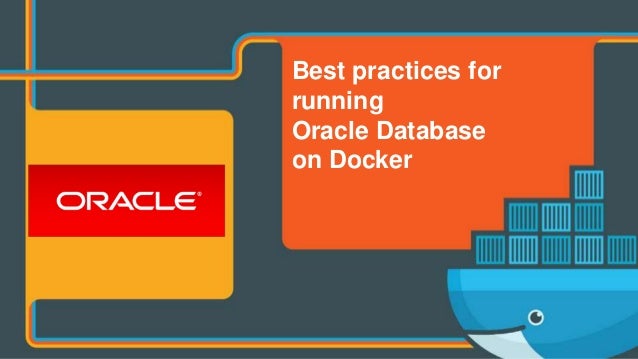

- #DOCKER FOR MAC SYSCTL HOW TO#
- #DOCKER FOR MAC SYSCTL INSTALL#
- #DOCKER FOR MAC SYSCTL 64 BITS#
- #DOCKER FOR MAC SYSCTL PASSWORD#
If you encounter problems for which you do not find solutions in thisĭocumentation, on Docker Desktop issues on The app is non-functional, and you cannot uninstall it from the menu. You might want to use the command-line uninstall if, for example, you find that You can move the Docker application to the trash. $ /Applications/Docker.app/Contents/MacOS/Docker -uninstall Docker is running, exiting.ĭocker uninstalled successfully. If your instance is installed in the default location, this To uninstall Docker Desktop from a terminal, run: Uninstall Docker Desktop from the command line Uninstall: Choose this option to remove Docker Desktop from your Reset to factory defaults: Choose this option to reset all options onĭocker Desktop to their initial state, the same as when Docker Desktop was first installed. Selecting this option results in the loss of existing settings. For more information, see Kubernetes.Ĭlean / Purge data: This option resets all Docker data without a Reset Kubernetes cluster: Select this option to delete all stacks and Kubernetes resources.

For more information, see Diagnose and feedback and Support. Other users can use this option to diagnose any issues in Docker Desktop.

Support: Users with a paid Docker subscription can use this option to send a support request. Restart Docker Desktop: Select to restart Docker Desktop. The Troubleshoot page contains the following options: Troubleshootįrom the menu bar to see the troubleshoot options.
#DOCKER FOR MAC SYSCTL HOW TO#
This page contains information on how to diagnose and troubleshoot Docker Desktop issues, request Docker Desktop support, send logs and communicate with the Docker Desktop team, use our forums and Success Center, browse and log issues on GitHub, and find workarounds for known problems.

Select Local to manage the Docker environment installed on your computer andĬlick on the endpoint Local (figure below) to access the dashboard.
#DOCKER FOR MAC SYSCTL PASSWORD#
The interface is available at the following URL:Ĭhoose a password and create the user admin. Open a terminal and copy and paste the following commands: docker volume create portainer_data docker run -d -p 8000:8000 -p 9000:9000 -name portainer -restart always -v \\.\pipe\docker_engine:\\.\pipe\docker_engine -v portainer_data:C:\data portainer/portainer Open a terminal and copy and paste the following commands: docker volume create portainer_data docker run -d -p 8000:8000 -p 9000:9000 -name=portainer -restart=always -v /var/run/docker.sock:/var/run/docker.sock -v portainer_data:/data portainer/portainer If you really want to use a graphical interface, you might want to look at Verify your installation (see Section 5). You might need to restart the system to enable Hyper-V.
#DOCKER FOR MAC SYSCTL INSTALL#
Install Docker Toolbox for Windows (Section 1.2). Mess up your VirtualBox installation (although you shouldn’t really worry about the latter), If your computer doesn’t meet the hardware requirements, or youĭon’t want to install Docker Desktop for Windows because you don’t want to When you want to use VirtualBox, you can turn Hyper-V off.Ĭannot/don’t want to install Docker Desktop for for Windows The existing VirtualBox images will not be removed. When Hyper-V is enabled, VirtualBox will stop working. Unfortunately, Hyper-V and VirtualBox are not compatible You can install Docker Desktop for Windows (recommended).īIOS-level hardware virtualization support must be enabled in the BIOS settings.įor more information, see Virtualization.ĭocker for Windows uses Hyper-V as a virtual machine to run containers.
#DOCKER FOR MAC SYSCTL 64 BITS#
If your computer runs Windows 10 64 bits (Pro, Enterprise, or Education, build 15063 or later),


 0 kommentar(er)
0 kommentar(er)
